Jeju Holic Museum (제주홀릭뮤지엄)
9.6Km 2024-07-24
2835 Pyeonghwa-ro, Aewol-eup, Jeju-si, Jeju-do
Jeju Holic Museum is located in what used to be a senior care facility that closed down. The museum tells the story of Jeju through five different spaces, using unique and modern ways of storytelling.
Gwaneumsa Temple (Jeju) (관음사(제주))
10.5Km 2025-04-01
660 Sallokbuk-ro, Jeju-si, Jeju-do
Gwaneumsa Temple is a historic Buddhist temple located about 650m up on the slopes of Hallasan Mountain. The road leading to the temple is exceptionally scenic, framed by cedar trees and adorned vibrant with chrysanthemum flowers, creating a striking yellow path. The temple grounds host siginificant structures such as the Cheonwangmun Gate, Daeungjeon Hall, and the Gwaneumgul Cave. For visitor convenience, the complex includes a café and a restaurant specializing in Buddhist temple cuisine. Additionally, the temple offers a templestay program, providing guests with a unique opportunity to engage in rest and meditation, embracing the tranquil solitude of the temple environment.
Olive Young - Jeju Hagwi Branch [Tax Refund Shop] (올리브영 제주하귀)
10.6Km 2024-04-18
1F, 121, Hagwi-ro, Aewol-eup, Jeju-si, Jeju-do
-
Jeju Leports Land (제주레포츠랜드㈜)
10.9Km 2022-12-29
47 , Waheulsangseo 2-gil, Jeju-si, Jeju-do
Jeju Leports Land is located on the eastern side of Jeju Island and is the country's largest kart experience center. It is a multi-complex leisure experience center with programs such as mountain buggy, zip line, survival field, four season sledding, and more. There are also accommodation facilties such as pensions and guest houses.
Jeju 4.3 Peace Park (제주4·3평화공원)
11.1Km 2021-06-18
430, Myeongnim-ro, Jeju-si, Jeju-do
+82-64-723-4344
Mankind tends to only remember the heroes of civilization. Jeju 4.3 Peace Park was created to remember those who fell protecting their homeland during the Jeju uprising which broke out on April 3, 1948. The park is the symbol of reconciliation and peace, and seeks to open a new chapter of life.
The development project of Jeju 4.3 Peace Park was a result of the reparations for the victims of the Jeju uprising. The 4.3 Special law was promulgated in the year 2000, and the following steps proceeded: property acquisition for the park, master plan of the park establishment, design competitions for the park, construction, exhibits and installations. It finally opened to the public on March 28, 2008.
Enough (이너프)
11.2Km 2024-02-20
1F, 33 Goseong 8-gil, Aewol-eup, Jeju-si, Jeju-do
Enough is a charming dessert café in Jeju, easily recognizable by its red roof. It stands out as one of Aewol's photogenic spots, thanks to its attractive, small café building set on a lush green lawn. The café's signature offerings include the More Than Latte (condensed milk latte) and tomato basil ade, a unique drink crafted from fresh homemade tomato syrup. Another popular choice, especially among children, is the hallabong cheong ice cream (hallabong syrup ice cream). Visitors have the option to enjoy their coffee and desserts either inside the main building or in the outdoor area, making for a pleasant and versatile café experience.
Halla Ecological Forest (한라생태숲)
11.3Km 2021-06-11
2596, 516-ro, Jeju-si, Jeju-do
+82-64-710-8688
Spanning 196 hectares, Halla Ecological (Eco) Forest is home to 288,000 trees representing 333 indigenous plant species. Having been designated as a conservation area, the forest provides plenty of great opportunities to observe and learn about Jeju's diversified ecosystem through various facilities including an observatory, plant nurseries, walking trails, and more. The forest also features 13 themed forests with low-impact facilities to preserve the essence of the forest. Visitors can sign up for the forest experience program to enjoy the walking trails within the forest.
Roe Deer Observation Center (제주 노루생태관찰원)
12.1Km 2020-12-03
520, Myeongnim-ro, Jeju-si, Jeju-do
+82-64-728-3611
Roe Deer Observation Center opened on August 3, 2007 to offers a place where visitors may observe and watch roe deer and other creatures in their natural habitat. Guests can watch the deer from the forest trails, or feed them at the experience enclosure. The exhibition hall offers information on Hallasan Mountain and the animals and plants that live around it, including a video room teaching about the life of a roe deer. The observation center grounds also include walking paths up Geochinoreum Volcanic Cone.
Tamura (타무라)
12.1Km 2024-10-18
670 Jungsangandong-ro, Jocheon-eup, Jeju-si, Jeju-do
Tamura is a Thai restaurant on the eastern side of Jeju Island, offering recreations of popular Thai dishes, including tom yum goong, pad thai, and pu phat pong curry. The restaurant became even more popular after it was visited by singer IU.
Historic Site of Anti-Mongolian Struggle in Hangpadu-ri, Jeju (제주 항파두리 항몽 유적)
12.1Km 2022-08-18
50, Hangpaduri-ro, Jeju-si, Jeju-do
+82-64-710-6721
Historic Site of Anti-Mongolian Struggle in Hangpadu-ri is where the Sambyeolcho military unit of the Goryeo dynasty resisted the invasion of Mongolia until the last possible moment. The site houses an
exhibition hall, a monument, and a unique mud fortress. Nearby is Jangsumul Spring (Jangsu means general) which flowed from the footprints of General Kim Tong-jeong. Today, water from the spring
cannot be used as drinking water.
Sambyeolcho was a military unit of the Goryeo dynasty. When the Goryeo dynasty made peace with the Mongolian forces in February 1270 (the 11th year of King Wonjong), the Sambyeolcho special defense unit opposed it and launched a resistance movement. They moved their base to Jindo in Jeollanam-do, but after suffering a huge defeat, they moved to Jeju-do and built Hangpaduseong Fortress. They continued to fight against the Mongolian forces for two more years there. However, all the members were killed in April 1273 (the 14th year of King Wonjong).
This independent anti-Mongolian movement was born out the deeply patriotic belief in the need to safeguard the nation from foreign invasion. In 1977, the government invested 745 million won to restore part of the fortress and build a monument in commemoration of those who died in the war. The work was completed in June 1978.
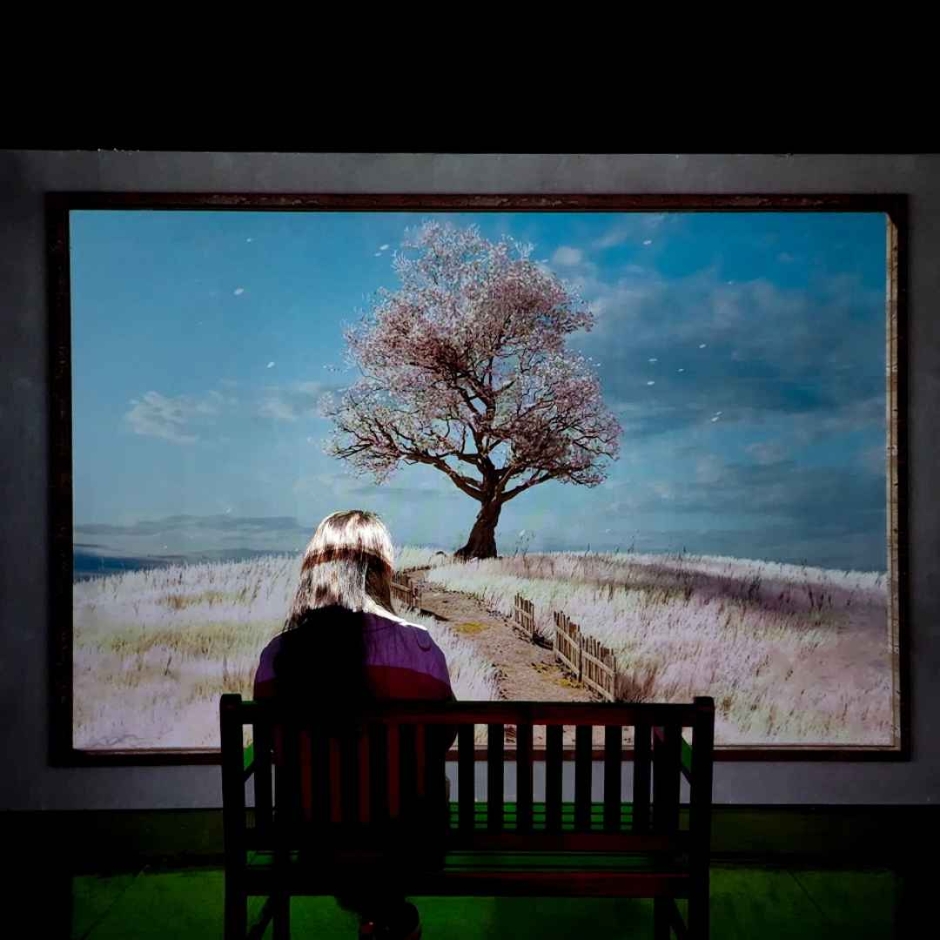
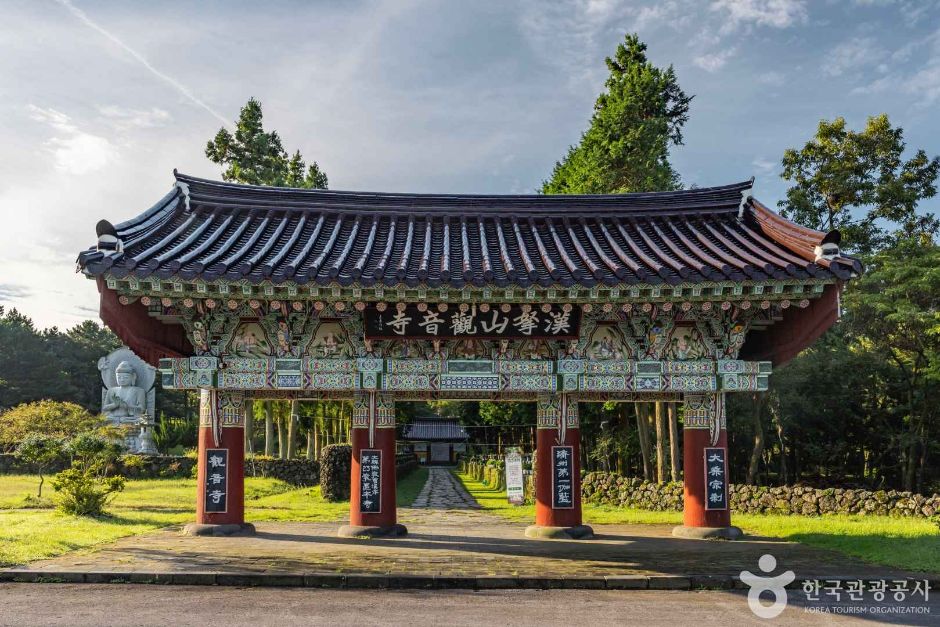
![Olive Young - Jeju Hagwi Branch [Tax Refund Shop] (올리브영 제주하귀)](http://tong.visitkorea.or.kr/cms/resource/97/2886997_image2_1.jpg)
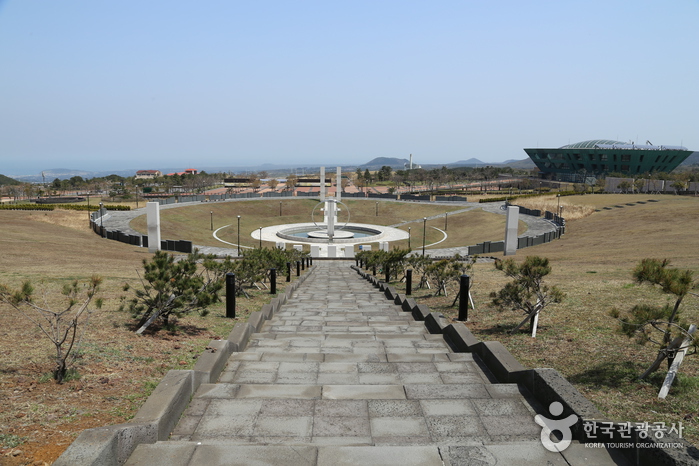
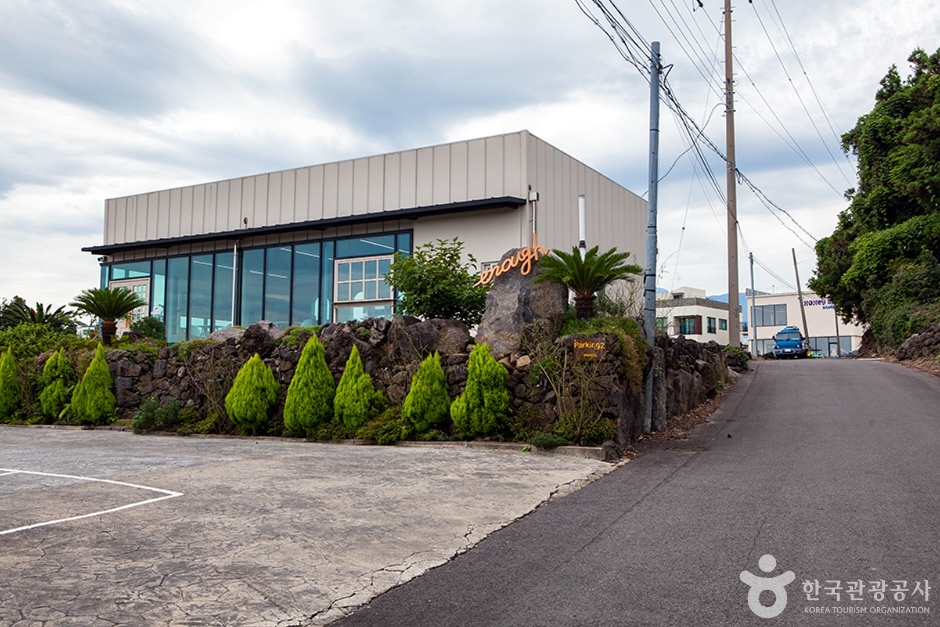
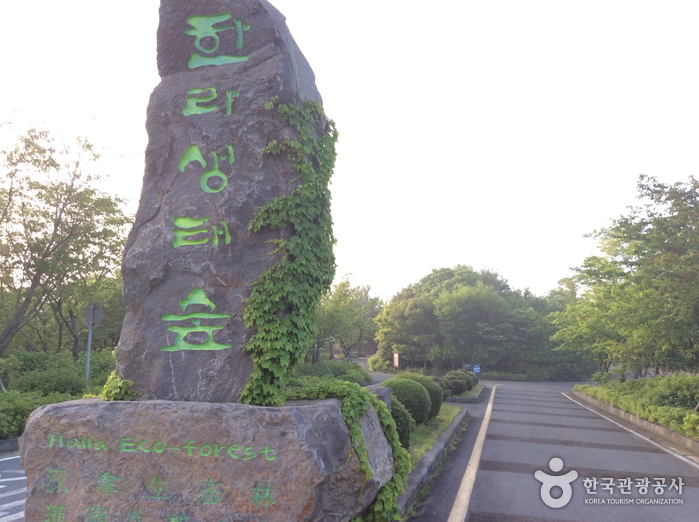

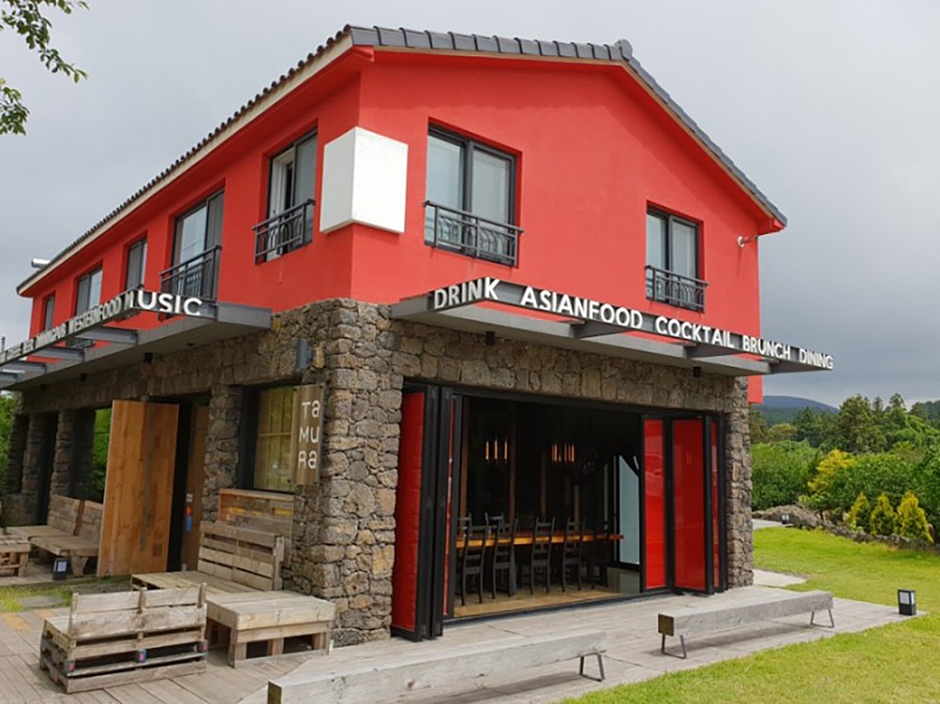
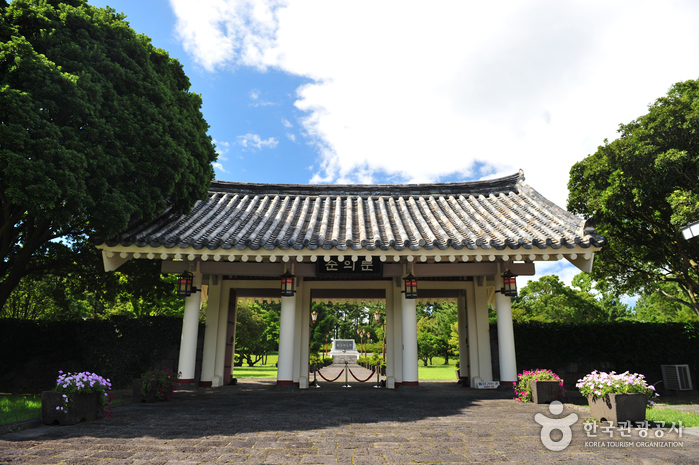
 English
English
 한국어
한국어 日本語
日本語 中文(简体)
中文(简体) Deutsch
Deutsch Français
Français Español
Español Русский
Русский